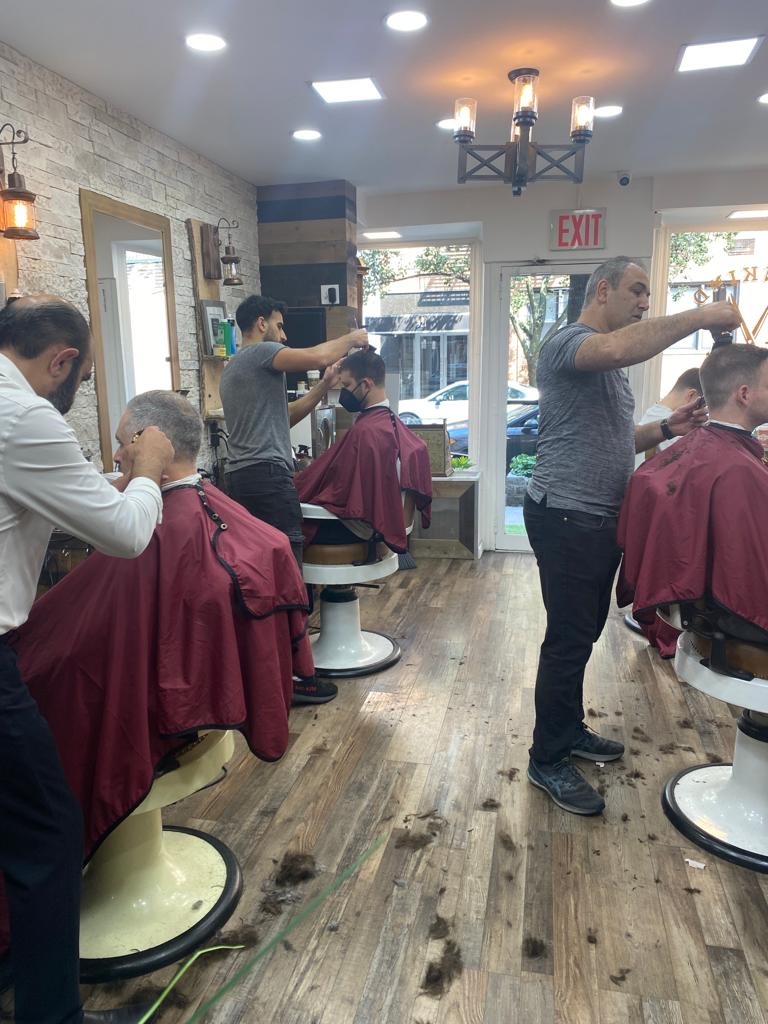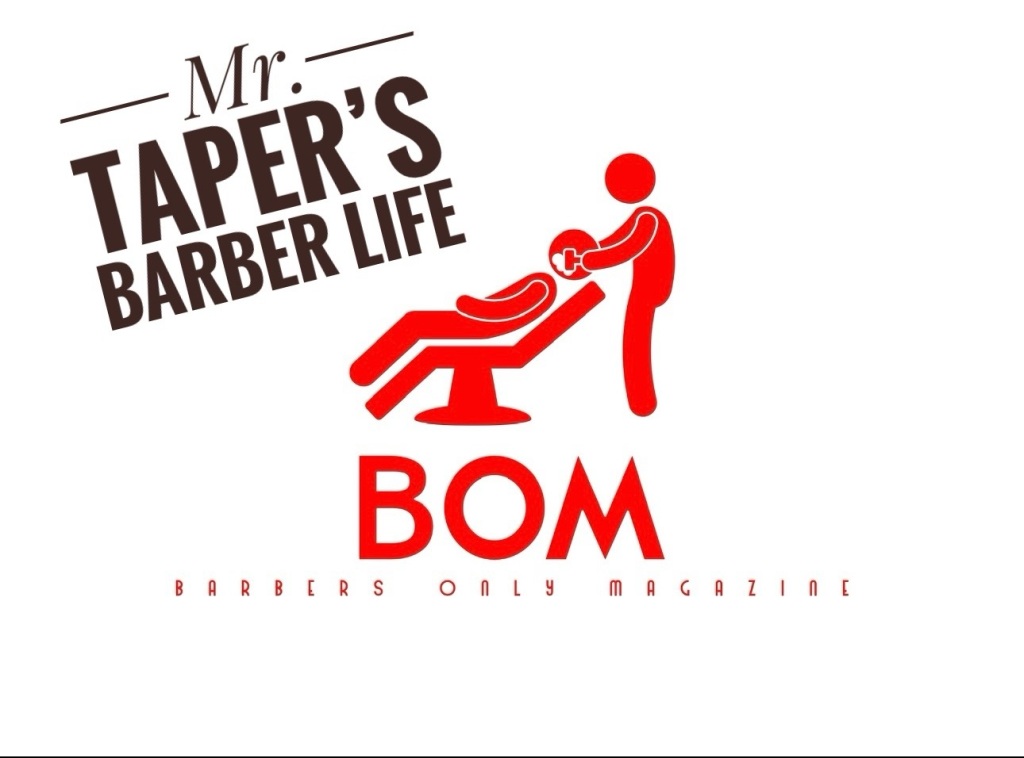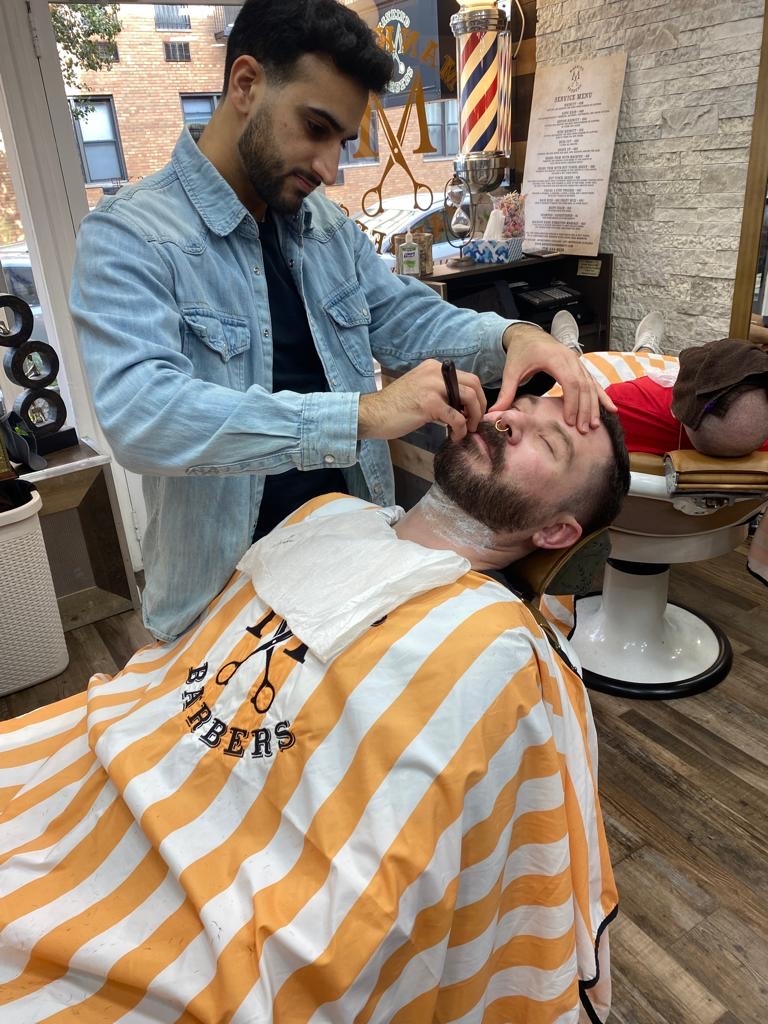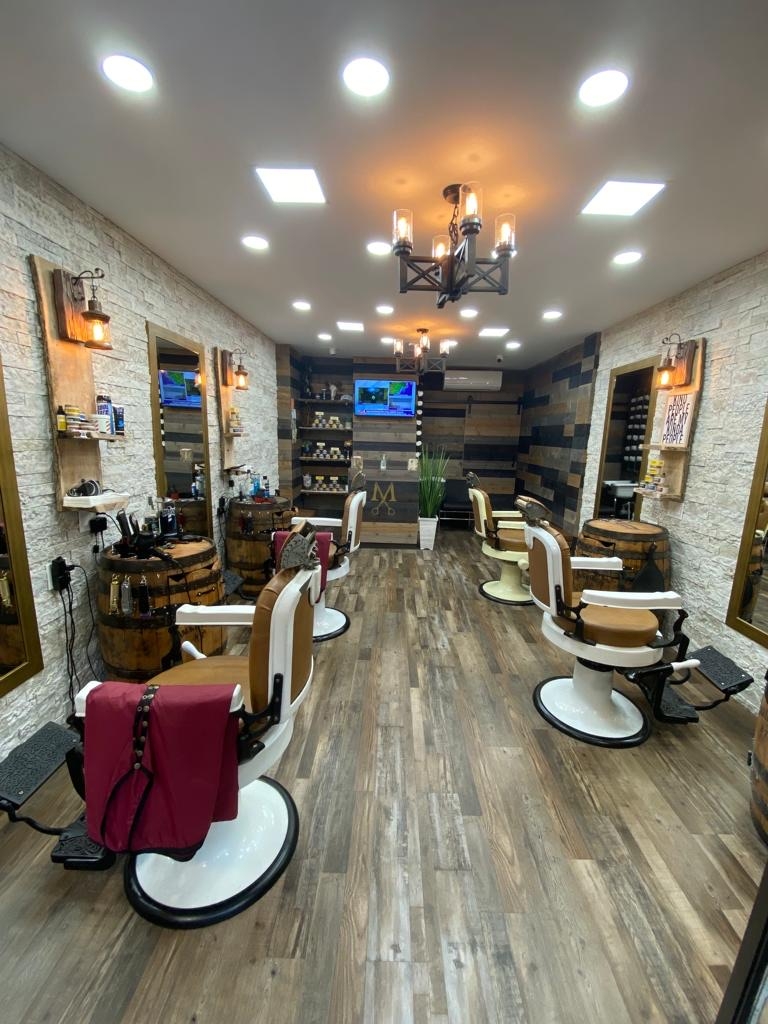

Line weight plays a crucial role in the overall design of a drawing or illustration by adding depth, dimension, and emphasis to different elements within the composition. Thicker lines tend to stand out more and can be used to highlight important features or create a sense of weight and solidity, while thinner lines can be used for delicate details or to create a sense of lightness and movement. By varying the weight of lines throughout a piece of artwork, an artist can create a sense of balance and visual interest.
Creating dynamic and expressive lines in art can be achieved through various techniques such as varying line weight, using different types of lines (e.g. straight, curved, dashed), incorporating gestural lines to convey movement and energy, and experimenting with different tools and mediums to achieve different textures and effects. By combining these techniques, artists can create lines that convey emotion, energy, and personality, adding depth and complexity to their artwork.
https://podcasts.apple.com/us/podcast/mr-tapers-barber-life/id1678890979?i=1000647933253

Posted by on 2024-03-11
Tax write-offs for barbers can be a great way to save money on taxes. Barbers can take advantage of a variety of deductions and credits to reduce their taxable income and save money. Here are some of the most common tax write-offs for barbers in 2024. 1. Professional Expenses: Barbers can deduct expenses related to […]

Posted by on 2024-01-02
youtube.com/watch
Posted by on 2023-11-13
The use of contour lines in a drawing can enhance the three-dimensional quality of the artwork by defining the shape, form, and volume of objects or figures. By carefully observing the contours of a subject and accurately depicting them through lines, artists can create a sense of depth and realism in their drawings. Contour lines can also help to establish the relationship between different elements within a composition, guiding the viewer's eye and creating a sense of unity.

Leading lines play a crucial role in guiding the viewer's eye through a composition by creating a sense of movement, direction, and flow. By strategically placing lines that lead towards a focal point or along a specific path, artists can control the viewer's gaze and create a sense of visual hierarchy within their artwork. Leading lines can also be used to create a sense of perspective and depth, drawing the viewer into the scene and creating a more immersive experience.
Hatching and cross-hatching techniques can add texture and depth to a line drawing by creating the illusion of light and shadow. By varying the spacing, angle, and density of the lines, artists can create a wide range of textures and tones, from smooth gradients to bold contrasts. These techniques can be used to add dimensionality to objects, create a sense of volume and form, and enhance the overall visual impact of a drawing.

Negative space in line art can be effectively used to create visual interest by balancing the relationship between the lines and the empty spaces within a composition. By strategically leaving areas of the paper blank or using negative space to define shapes and forms, artists can create a sense of tension, contrast, and harmony in their artwork. Negative space can also help to draw attention to the main subject, create a sense of movement, and add a sense of mystery and intrigue to a drawing.
The choice of line quality, whether smooth, jagged, wavy, or any other variation, can significantly affect the mood or emotion conveyed in a piece of artwork. Smooth, flowing lines can create a sense of calmness, elegance, and harmony, while jagged or erratic lines can convey tension, energy, and chaos. By carefully selecting the quality of lines used in a drawing, artists can evoke different emotions, set the tone of the artwork, and communicate their intended message to the viewer.

Barbers are knowledgeable professionals who can provide valuable insights and suggestions on beard care products. With their expertise in grooming and styling facial hair, barbers can recommend a variety of specialized products such as beard oils, balms, waxes, and brushes to help maintain a healthy and well-groomed beard. They can also offer advice on proper beard care routines, including washing, conditioning, and trimming techniques. By consulting with a barber, individuals can receive personalized recommendations tailored to their specific beard type, length, and desired style. Overall, barbers play a crucial role in guiding clients towards selecting the most suitable beard care products to achieve optimal results.
The best way to style a pompadour haircut is to first apply a volumizing mousse to damp hair, then blow dry the hair upwards and back to create volume at the crown. Use a round brush to lift the hair at the roots while blow drying for added height. Once the hair is dry, use a pomade or styling cream to slick back the sides and create a smooth, polished look. Use a comb to shape the pompadour, making sure to keep the front section lifted and voluminous. Finish off the style with a strong-hold hairspray to keep everything in place throughout the day. This will ensure a classic and stylish pompadour that is sure to turn heads.
Barbers are knowledgeable professionals who can provide guidance on achieving a specific hair color. They can offer recommendations on the best hair dye products, techniques for application, and maintenance tips to ensure the desired color is achieved and maintained. Barbers may also suggest complementary hair treatments to enhance the color and keep the hair healthy. Additionally, they can advise on the suitability of certain hair colors based on skin tone, hair type, and personal style preferences. Overall, barbers can play a crucial role in helping clients achieve their desired hair color goals.
Barbers ensure precision when creating hair designs by utilizing a combination of specialized tools such as clippers, shears, and razors. They carefully assess the client's hair texture, density, and growth patterns to determine the most suitable techniques for achieving the desired look. By employing precise cutting angles, blending techniques, and detailing methods, barbers are able to create intricate designs with sharp lines, clean fades, and intricate patterns. Additionally, they may use styling products, combs, and brushes to refine the design and ensure every detail is perfectly executed. Through continuous training and practice, barbers hone their skills in precision cutting and styling to deliver exceptional results for their clients.
Yes, it is possible to receive a haircut without the use of clippers. Many hair salons and barbershops offer scissor cuts, which involve using shears to trim and shape the hair instead of clippers. Scissor cuts are popular for creating more precise and tailored styles, especially for those with longer hair or specific preferences for their haircut. Additionally, some individuals may opt for a razor cut, which involves using a straight razor to create texture and layers in the hair. Overall, there are various techniques and tools available for getting a haircut without relying on clippers.
When it comes to curly hair textures, there are several recommended haircuts that can enhance the natural beauty of the curls. Some popular options include layered cuts, which help to reduce bulk and add movement to the hair. Another option is the DevaCut, a specialized haircut designed specifically for curly hair that involves cutting the hair while it is dry to ensure the curls fall in a flattering way. Additionally, a long bob or lob haircut can work well for curly hair, providing a modern and stylish look. It is also important to consider the shape of the face when choosing a haircut for curly hair, as certain styles may be more flattering than others. Overall, consulting with a stylist who specializes in curly hair can help determine the best haircut for individual hair texture and preferences.